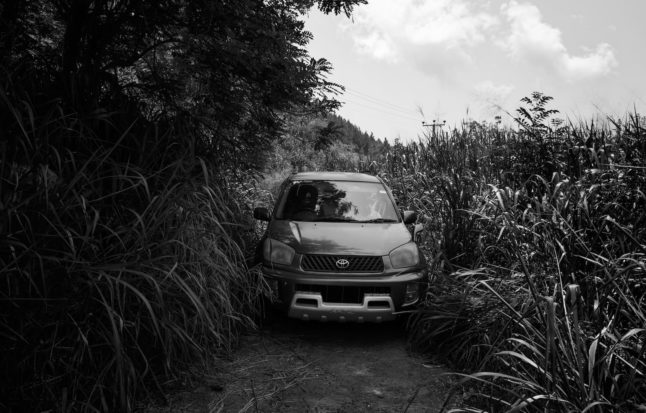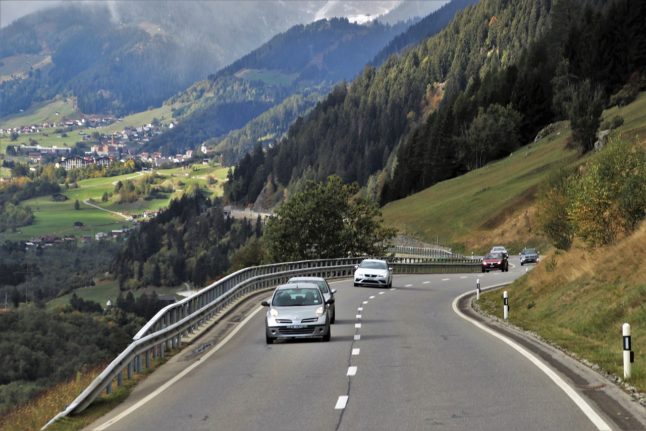If you have been living and driving in Switzerland — or even if you are about to move here — you should be familiar with the country’s driving rules.
This concerns especially the ones that are lesser known but can nevertheless be liable to a fine, the amount of which will depend on the canton / municipality where you are caught.
For instance:
You need a ‘spare’ pair of eyes
If you wear glasses for driving, you are required to carry a spare pair in the car with you.
The reason behind this rule is obvious and legitimate: if the glasses you are wearing break and your visibility is impaired, you will not be able to drive safely.
Rearview mirror should be unobstructed
No matter how badly the inside of your vehicle smells, it is against the law to have air fresheners dangling from the rear-view mirror.
The same rule extends to other objects hanging from the mirror — football club pennants, beads, various amulets, or anything else that obstructs your view of the road ahead of you.
Under the law, the driver must have a full and unobstructed 180° view ahead.
The same also applies to any self-adhesive stickers placed on your windshield.
The only exception is the obligatory motorway vignette, which should be affixed only in a designated spot — that is, on the upper, middle part of the windshield.
But now that Switzerland has electronic vignettes, your window can be totally unobstructed.
You can’t honk without a valid reason
In Switzerland, you are only allowed to use your horn in emergency situations — for instance, to alert another driver of an impending danger, or to avoid an imminent accident.
Sounding the horn just because your football club has won a game is not a good reason — unless the national team scores a victory — in that case, honking might be tolerated (unless you are rooting for the wrong country).
Sleeping on side of the road
If you feel tired while driving and want to take a nap, don’t this on a shoulder.
Rather, go to the nearest rest area.
Otherwise, you can receive a hefty fine, as one recent case shows: a driver decided to stop his vehicle on the hard shoulder to take a nap there.
According to public prosecutor who handles this care, the man was found guilty of “negligent operation of a motor vehicle in a state of incapacity to drive.”
He was slapped with suspended 10,000-franc-fine.
Eating while stuck in traffic
Several years ago, a Zurich driver made news when she was slapped with a 250-franc fine for eating a croissant while driving.
While this may seem petty, many cantons do sanction drivers caught snacking in traffic.
That’s because eating or drinking hot beverages is considered a risk to road safety, as it interferes with the driver’s control of the vehicle.
So if hunger strikes while you are driving, resist the urge to eat. Because the hefty fine you could get may be hard to digest.
Good manners on mountain roads
Some mountain roads in Switzerland are perilously narrow and you may wonder how one car can safely navigate on them, much less two, each going in opposite direction.
These roads are, however, two-way, which means that no matter how narrow it is, you are still expected to manouver your car in such a way as to let the other driver pass you.
Which one of you has a right of way depends on who faces greater dangers.
Usually, the car whose wheels hang precariously over a cliff or a steep crevasse should be the first to pass.
And this is one situation where nobody will fault your blowing your horn before you reach a dangerous curve, to let any cars that may be travelng in your direction know to slow down.
You can read about more Swiss driving rules here:



 Please whitelist us to continue reading.
Please whitelist us to continue reading.
Member comments